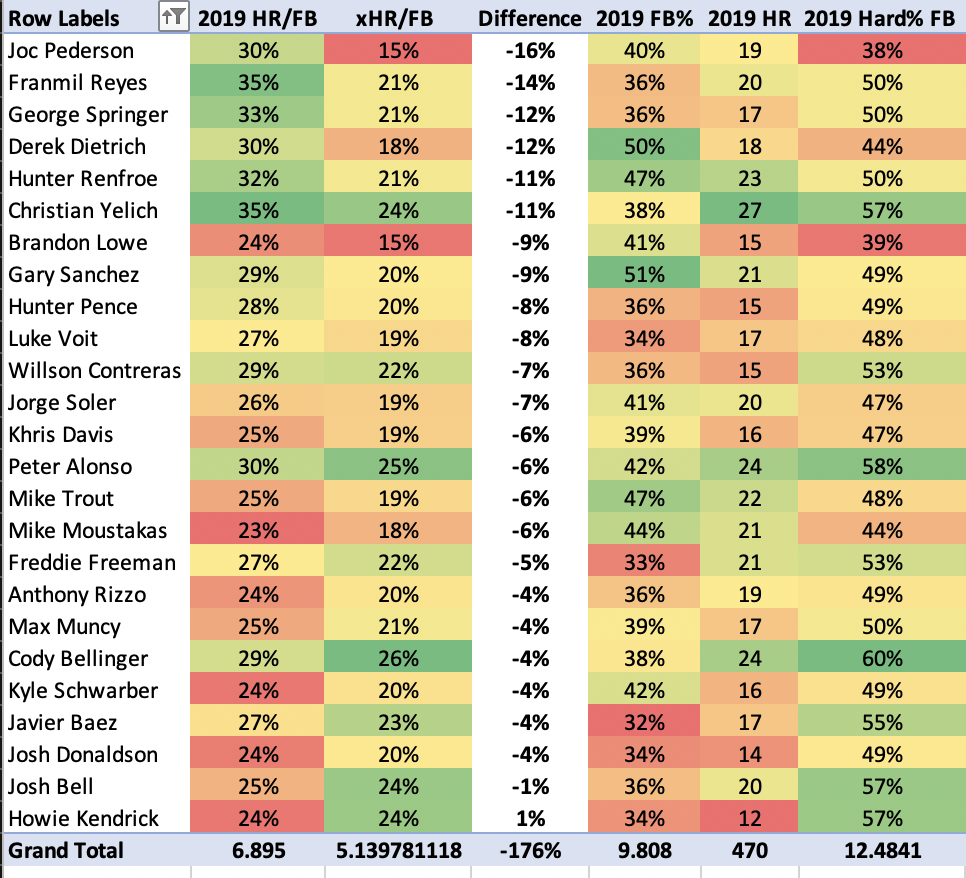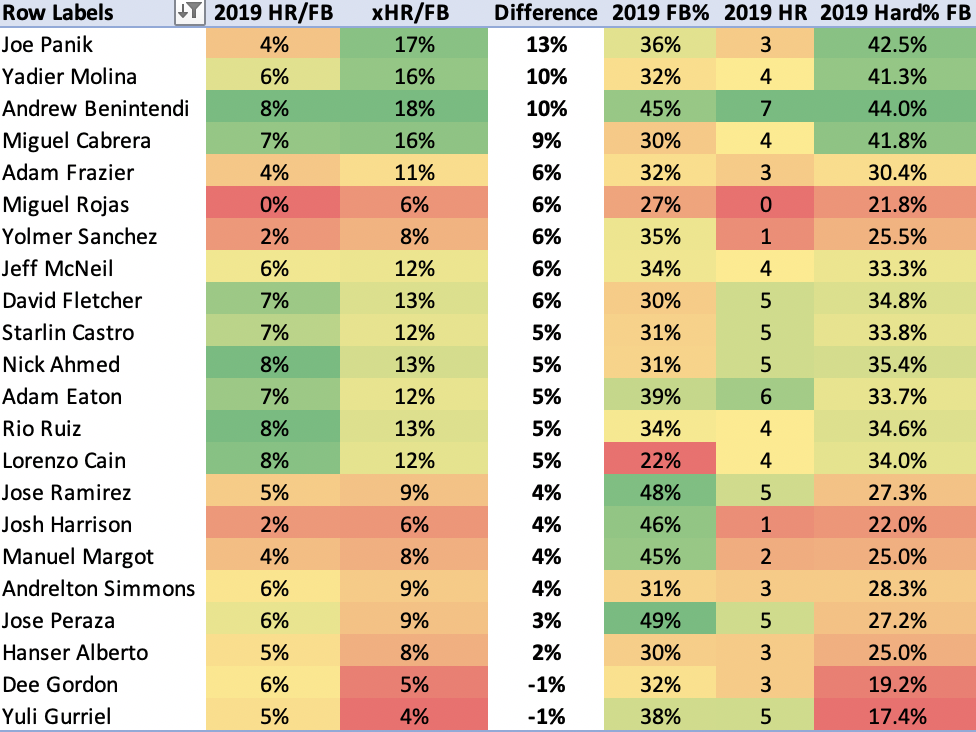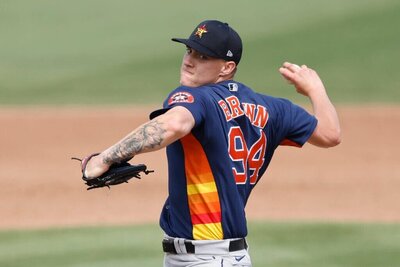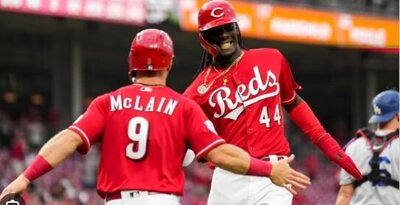There's always a better way.
World-class companies don't become the best by being complacent. Likewise, industry standards are always changing, so world-class companies must innovate to keep an edge on their competition. The same is true for fantasy baseball. Think back to your first baseball league, how knowledgeable was most of the competition? Compare that to your league today. Thanks to new technology, faster distribution of information and new ways to analyze our beloved game, today's fantasy owners are equipped with all the tools to make sound fantasy decisions.
Well, sound fantasy decisions that mimic groupthink.
For the last several years, I've been determined to find a better way to understand and predict home runs. An easier way. A way even the youngest fan might understand. I've pursued this topic in several different ways that you can read about here, or here, or even here. Those approaches were good, but they were complex and advanced. The simple answer turned out to be so laughably obvious that my four-year old daughter blurted it out for me while watching a local minor league game:
"Daddy, he hits the ball hard and it goes high and far."
At the most basic level, this is exactly what happens when a player hits a home run. We can talk about scout ratings and launch angles, because all those things do play a part, but players who hit home runs will almost always hit the ball hard and it will go high and far. That's why it's perfectly logical that hard hit ratefor flyballs (Hard% FB)has an impressive 0.62 correlation with a player's HR/FB rate. Best of all, it's a single metric and possesses the highest correlation with HR/FB rate that we've ever seen from any currently existing statistics. A single metric means it's easiest to understand and the information is (relatively) easier to access.
As with all my xHR/FB analyses over the last few seasons, I have included the player's current rate along with what their expected HR/FB rate should have been, given the Hard% FB rate that has been posted so far in 2019. To be included, a hitter must have hit a minimum of 50 flyballs entering play on June 20th.
Biggest Overachievers:

There are plenty of names on this list that are having incredible seasons. Remember that this is only one measurement of that player's success - HR/FB rate. Just because a player might be overperforming their HR/FB rate doesn't necessarily mean their performance this season has been a mirage. This is especially true for the grouping on the players on the high end who all have HR/FB rates >30% since only 15 players have ever finished with a HR/FB rate greater than 30%. For example, Christian Yelich appears to be overperforming his HR/FB by nearly 31%, yet even if he did regress down towards 24%, his continued adjustments to his swing have resulted in a drastic improvement to his GB/FB rate from 2.20 last season to just. 1.15 this season. A lower HR/FB rate may mean fewer flyballs are leaving the yard, but when that's paired with a shift towards hitting more flyballs, some of that impact is mitigated.
Biggest Underachievers:

This is the list we, as fantasy owners, really want to know. These are the players that we should be actively targeting and expecting to see higher power numbers from assuming similar batted ball performance. This list is littered with players off to disappointing starts - particularly Joey Votto, Miguel Cabrera, Corey Seager - and it's often comforting see these players have similar been unlucky. Pay special attention to the players on this list who have "green" metrics on the right side of the table because those are the metrics that generally point you towards the players with remaining value. Miguel Rojasmight show up on this list, for example, but going from a 0% HR/FB rate to 6% is hardly anything special. Look for the players with big swing potential like Andrew Benintendi, Joey Votto, Anthony Rendon, & Matt Carpenter.
If you're interested in digging into the numbers more yourself, the Fangraphs Splits Tool is my source for most of this data.



































